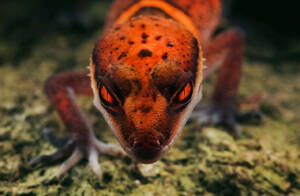
Goniurosaurus bawanglingensis
Goniurosaurus bawanglingensis,Bawangling Leopard Gecko,Chinese Tiger Gecko,
Bawangling Leopard Gecko is a species unique to Hainan.At around 9 p.m. on J···
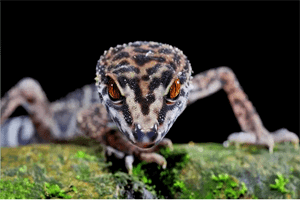
Goniurosaurus yingdeensis
Goniurosaurus yingdeensis,Yingde Leopard Gecko,Eyelid gecko,Goniurosaurus yingdeensis WANG, YANG & CUI
Yingde Leopard Gecko is a species endemic to my country.In the stone-covered···

Teratoscincus roborowskii
Teratoscincus roborowskii,Chinese wonder gecko,Frog-eyed Gecko
The foreign name of Turpan sand tiger is Chinese wonder gecko, and it has no···
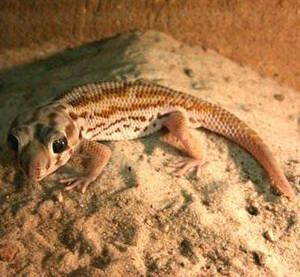
Teratoscincus scincus
Teratoscincus scincus,Common Wonder Gecko,Frog-eyed gecko, large (small) species of fine-scale frog eyes, Kashiwa sand tiger
Foreign name Common Wonder Gecko, no subspecies.The Ili Sand Tiger lives in ···
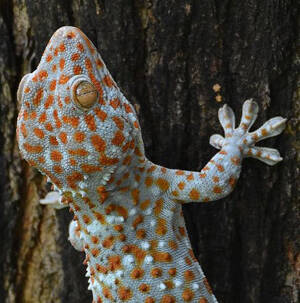
Gekko gecko
Gecko,Gekko gecko,Gecko, fairy toad, dog, crab, gecko snake, giant gecko
The foreign name of the gecko is Gecko, and there are 2 subspecies.The gecko···
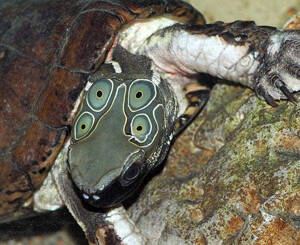
Sacalia quadriocellata
Sacalia quadriocellata,Four-eyed Turtle,Six-eyed turtle, four-eyed turtle, four-eyed spotted turtle
Four-eyed turtle is called Four-eyed Turtle in foreign language, and has no ···
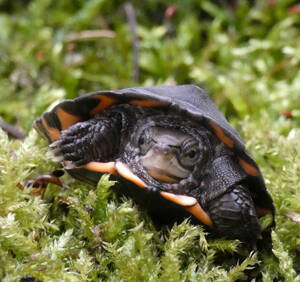
Cuora zhoui
Cuora zhoui,Zhou`s Box Turtle,Black box turtle, black turtle
Zhou's Box Turtle is called Zhou's Box Turtle in foreign language, a···
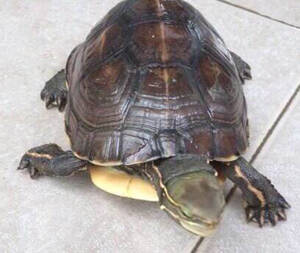
Cuora yunnanensis
Cuora yunnanensis,Yunnan box turtle,turtle
Yunnan box turtle is called Yunnan box turtle in foreign language, and has n···
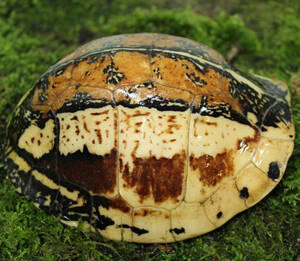
Cuora picturata
Cuora picturata,Southern Vietnam Box Turtle,Annam's box turtle
The foreign name of the patterned box turtle is Southern Vietnam Box Turtle,···
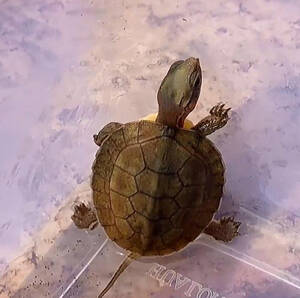
Cuora pani
Cuora pani,Pan's box turtle,Pan's box turtle
Pan's box turtle is called Pan's box turtle in foreign language, and···
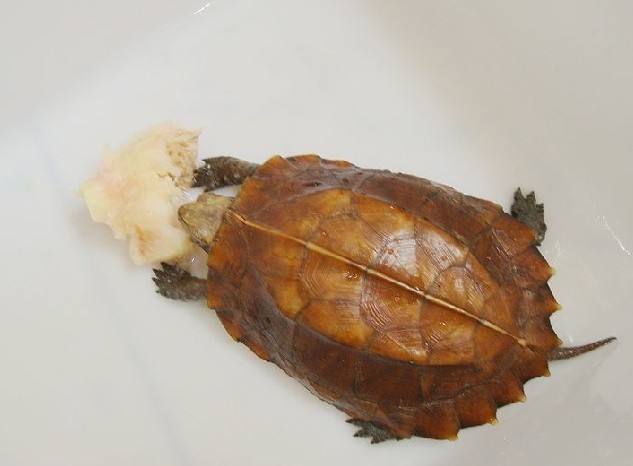
Cuora mouhotii
Cuora mouhotii,Keeled Box Turtle,Saw-edged box turtle, octagonal turtle, octagonal turtle, square turtle, saw-edged box turtle
Keeled Box Turtle has two subspecies.Keeled Box Turtle feeds on animals, but···
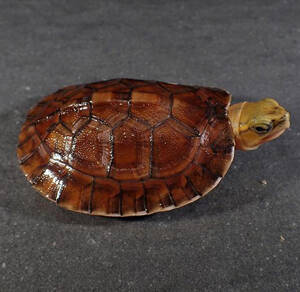
Cuora mccordi
Cuora mccordi,Bose box terrapin,Mccord's Box Turtle,MacArthur's box turtle
Bose box turtle is called Bose box terrapin in English, and has no subspecie···
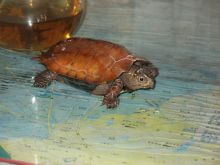
Cuora galbinifrons
Cuora galbinifrons,Indochinese Box Turtle,Hainan box turtle, yellow-fronted box turtle
The foreign name of the yellow-fronted box turtle is Indochinese Box Turtle,···
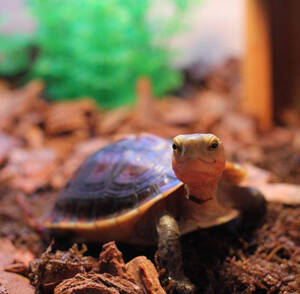
Cuora flavomarginata
Cuora flavomarginata,Yellow-margined Box Turtle, splint turtle, snake-killing turtle, broken plate turtle, yellow-margined box turtle
Yellow-margined Box Turtle has two subspecies.Yellow-margined Box Turtle is ···
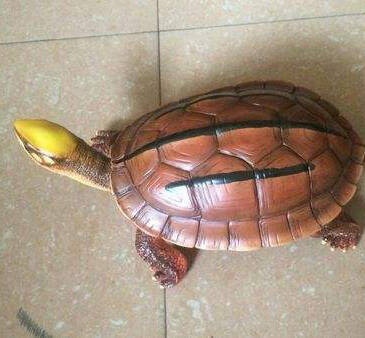
Cuora trifasciata
Cuora trifasciata,Chinese Three-striped Box Turtle,Golden coin turtle, golden head turtle, red edge turtle, red belly turtle, broken board turtle, Sichuan back turtle
The three-striped box turtle is called Chinese Three-striped Box Turtle in E···
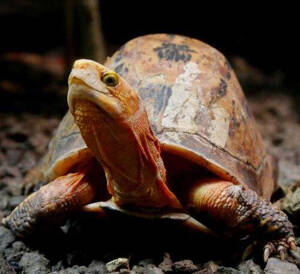
Cuora bourreti
Cuora bourreti,Bourett's Box Turtle,Brandt's box turtle,Bourett's Box Turtle,Cuora galbinifrons bourreti Obst & Reimann
Bourett's Box Turtle is a medium-sized land turtle.The Bourreti box turt···
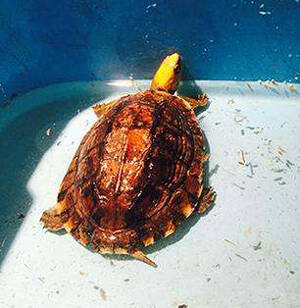
Golden-headed Box Turtle
Golden-headed Box Turtle,Golden turtle, splint turtle, yellow turtle
Golden-headed Box Turtle, with two subspecies.In the late 1980s, Luo Bitao a···
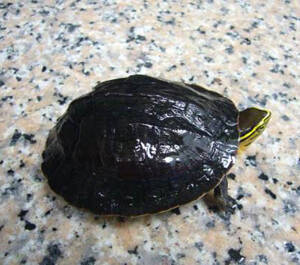
Cuora amboinensis
Southeast Asian Box Turtle,Southeast Asian Box Turtle,Humpback turtle, Vietnamese turtle, Ambu box turtle
The Southeast Asian Box Turtle has four subspecies.In his book The Reptiles ···
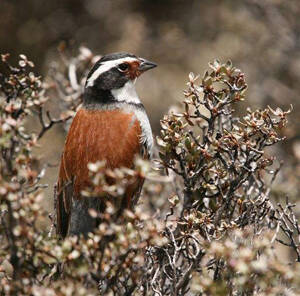
Emberiza koslowi
Tibetan Bunting,Emberiza koslowi,
Tibetan Bunting is a small songbird with no subspecies.Tibetan Bunting usual···
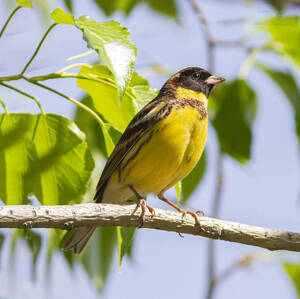
Yellow-breasted Bunting
Yellow-breasted Bunting,Yellow bile, Java sparrow, yellow belly sac, yellow bean, wheat sparrow, old ironback, golden bunting, white-shouldered bunting, yellow-breasted bunting
Yellow-breasted Bunting is a small songbird with two subspecies.Yellow-breas···
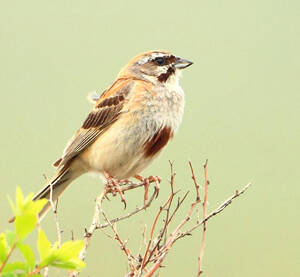
Emberiza jankowskii
Emberiza jankowskii,Jankowski's Bunting,Rufous-backed Bunting,Red-bellied Sparrow
The foreign name of the Chestnut-bellied Bunting is Jankowski's Bunting,···
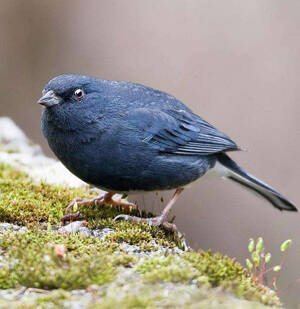
Latoucheornis siemsseni
Latoucheornis siemsseni,Slaty Bunting
Slaty Bunting is a small songbird, endemic to China, with no subspecies.Slat···
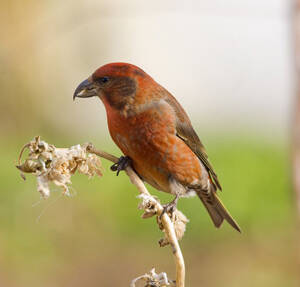
Loxia curvirostra
Loxia curvirostra,Common Crossbill,Crossbill, Green Crossbill
Common Crossbill, also known as Common Crossbill, is a small swallow with 19···
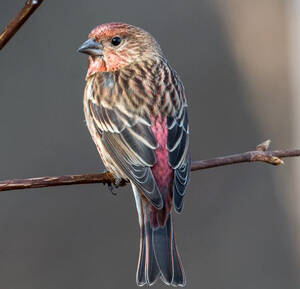
Carpodacus roseus
Carpodacus roseus,Pallas's Rosefinch,Tit
Pallas's Rosefinch, also known as Pallas's Rosefinch, has two subspe···
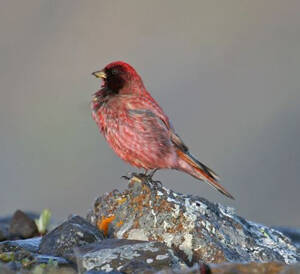
Carpodacus roborowskii
Carpodacus roborowskii,Tibetan Rosefinch,Tibetan Vermilion Bird, Tibetan Vermilion Bird
Tibetan Rosefinch is a high mountain and plateau desert bird with no subspec···
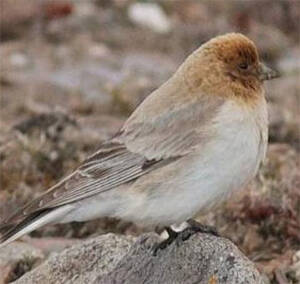
Carpodacus sillemi
Carpodacus sillemi,Sillem's Rosefinch,White-rumped rosefinch, White-rumped ridgefinch, Red-headed ridgefinch, Salem rosefinch
Brown-headed Rosefinch, also known as Sillem's Rosefinch in English, is ···
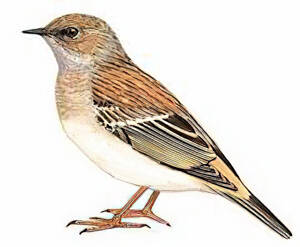
Prunella koslowi
Prunella koslowi,Mongolian Accentor,Desert Pipit,
The Helan Mountain Rock Pipit, also known as the Mongolian Accentor, is a sm···
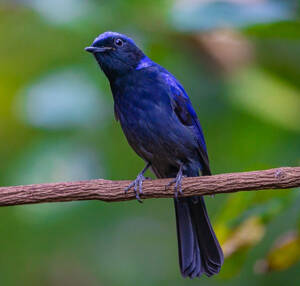
Niltava grandis
Large Niltava,Niltava grandis
The foreign name of the large niltava is Large Niltava, and there are 4 subs···
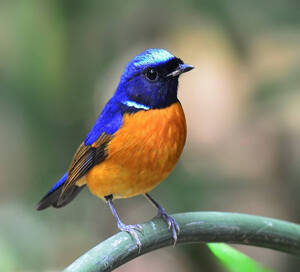
Niltava davidi
Niltava davidi,Fujian Niltava,Fujian Flycatcher
The foreign name of the brown-bellied great flycatcher is Fujian Niltava, an···
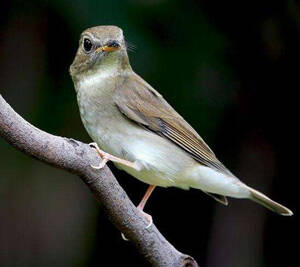
Rhinomyias brunneatus
White-gorgetted Jungle Flycatcer,Rhinomyias brunneatus,Rhinomyias brunneata
White-throated Jungle Flycatcer is also known as White-gorgetted Jungle Flyc···
